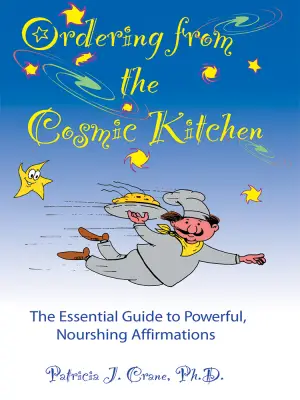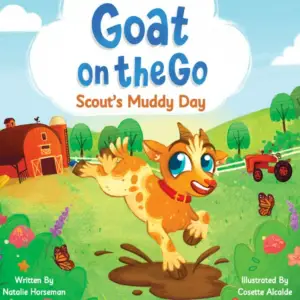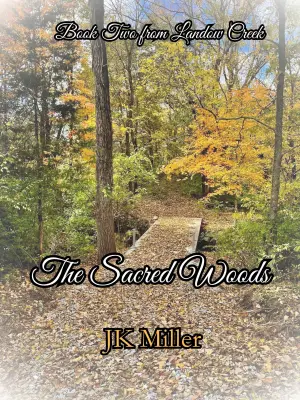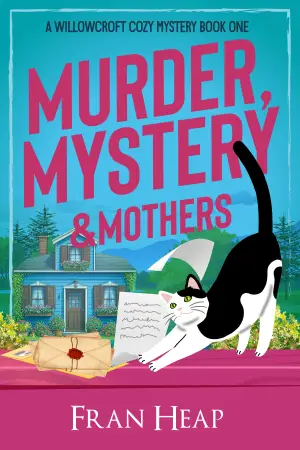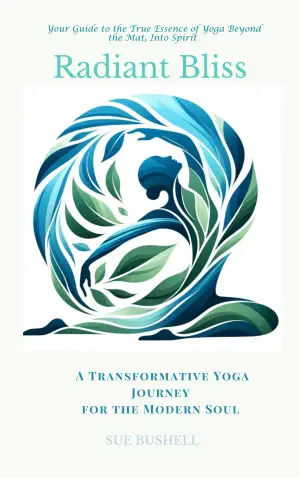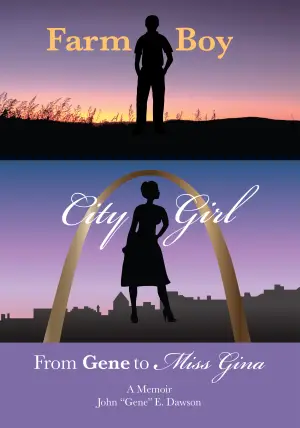Review of Strange Houses by Jiro Hirano
Ah, Strange Houses! What a ride this book turned out to be—it grabbed my attention with its intriguing premise, promising a deep dive into the eerie lore surrounding real estate, ghosts, and, well, family drama. Jiro Hirano’s creative flair shines throughout, wrapping us in a modern fairy tale where the scariest thing isn’t sprite-filled folklore but a tangled web of human emotion and paranoia.
From the outset, I was captivated by the narrator’s cynical yet humorous lens through which he views his so-called expertise in the occult. When his friend Yanagioka casually throws out the idea of purchasing a dubious house, you can almost hear the dramatic music cue. Our “expert,” who perhaps should have stuck to writing spooky articles, dives headfirst into a labyrinthine family saga born from generations of resentment and madness rather than spectral encounters.
The characters, especially the enigmatic Yanagioka and the architect friend Kurihara, are brilliantly crafted. Their discussions quickly morph from mundane house plans to wild theories about a cursed lineage filled with dark secrets—certainly no ghosts, but the shadows loom large. I absolutely loved how Kurihara’s outlandish ideas blend with the absurdity of their situation, giving the narrative a delightful, if unsettling, twist.
Hirano’s writing is sharp and witty, filled with playful anecdotes that kept me chuckling even as the story delved into murky waters. The pacing flows like a rollercoaster: we glide through everyday banter before spiraling into heart-pounding suspense as we discover the twisted family history. Highlights that struck me included Ayano’s determination to save Momoya, the child caught in this chilling family mythos, and the dark humor that underlies the entire narrative. One passage that particularly resonated was the moment when one character reflects on the surprising number of bodies that seem to pop up in this modern Tokyo setting, prompting a bittersweet chuckle at humanity’s penchant for catastrophe.
Yet, amidst the chaos, I found myself craving something spectral, perhaps a ghostly figure to embody the tension woven through the floor plans of this cursed abode. It’s almost humorous that so much intellectual energy went into analyzing the "plans of doom" only to find no ethereal beings—just the lingering weight of the past on the present.
In conclusion, Strange Houses is an engaging exploration of family legacies, paranoia, and the real horror that emerges from within us rather than from external supernatural forces. Hirano has crafted a story that is rich with dark humor and familial intrigue while cleverly inviting us to question what real horrors await behind closed doors. I would recommend this book to anyone who enjoys a thought-provoking read intertwined with absurdity and heartfelt strife—after all, sometimes the strangest houses are the ones built with the bricks of our own emotions.
Happy reading, friends! Just remember, if no ghosts show up, there’s still plenty of intrigue nestled in those floorboards!

